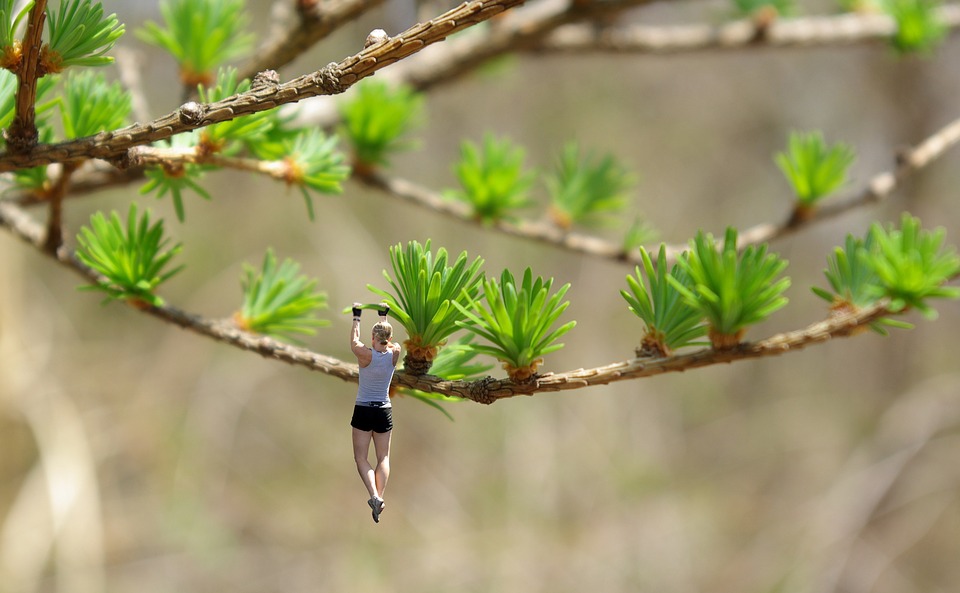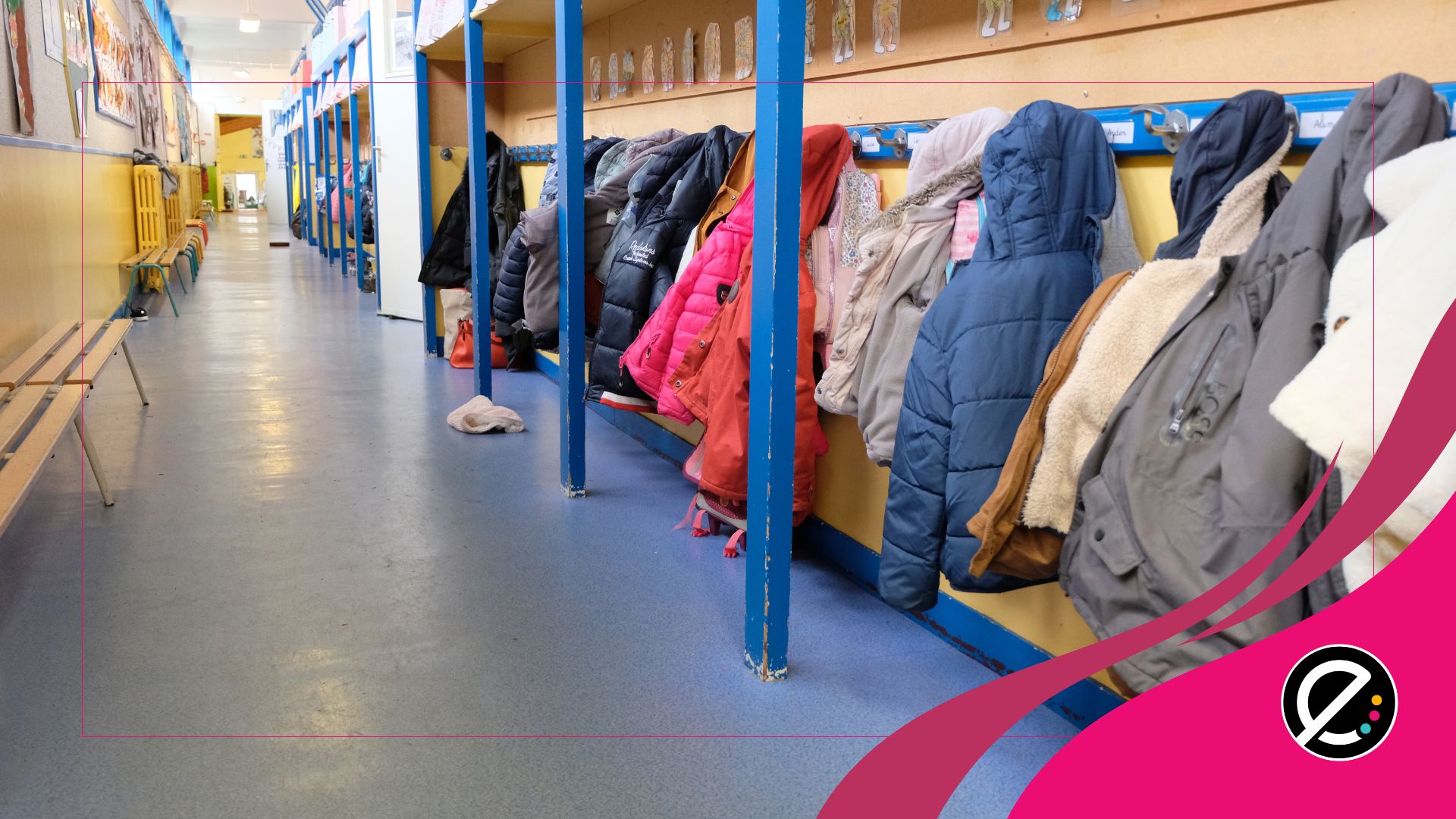Manipuler des images, plus facile que jamais! Bientôt, ce sera vraisemblablement tout à fait banal. Ceci pose d’ailleurs un important défi pour l’éducation…
« Souriez! »
C’est la consigne qu’on donne généralement aux gens avant de les photographier pour avoir une belle photo. Ce ne sera bientôt peut-être plus nécessaire. On pourra faire sourire le sujet de la photo même s’il n’était pas souriant au moment du clic!
C’est ce que propose Smile Vector, un robot informatique qui transforme automatiquement des photos pour rendre les gens souriants. Il faut le voir pour le croire.
D’autres entreprises travaillent sur des algorithmes encore plus avancés, comme Face2Face, qui pourront faire bouger le visage et les lèvres de quelqu’un dans une vidéo, de manière à donner l’impression qu’il dit autre chose que les mots qu’il a véritablement prononcés.
Le développement de l’esprit critique est plus important que jamais pour aider les enfants à déchiffrer leur environnement médiatique. On y avait d’ailleurs fait référence dans Apprendre à distinguer le vrai du faux, le 25 novembre. Mais qu’arrive-t-il quand on ne peut même plus se fier aux images?
Il existe bien sûr toutes sortes de logiciels (encore assez complexes) pour identifier certaines manipulations d’images, même très subtiles. Mais pour le moment, le plus important est probablement de sensibiliser les jeunes au fait qu’il n’est pas possible de croire tout ce qu’on voit — comme ils savent déjà qu’il ne faut pas croire tout ce qu’on entend, tout ce qu’on dit.
Sensibiliser à l’aide de Snapchat
Comme les jeunes sont, pour la plupart, familiers avec l’application de communication Snapchat, une façon de les sensibiliser à la question pourrait être de leur demander, dans un premier temps, d’expliquer le fonctionnement des filtres amusants que l’application a réussi à populariser. Cette technologie de modification d’image en temps réel (que les applications Messenger et Instagram ont aussi adoptée récemment), s’appuie effectivement sur le développement de l’intelligence artificielle, tout comme SmileVector et Face2Face.
On pourrait ensuite leur faire observer que, si on peut ajouter aussi facilement des chapeaux fantaisistes à des images ou faire faire des grimaces à des selfies, on pourrait certainement aussi faire des changements plus subtils, voire imperceptibles, et faire raconter à l’image une toute autre histoire que la réalité…
Des questions à poser aux élèves
– Croyez-vous qu’il est possible qu’on manipule des images aujourd’hui dans des zones de guerre? Pour influencer l’opinion publique? Et plus près de nous est-ce que ça pourrait se faire aussi? Pour quelles autres raisons?
– Qu’est-ce qui vous indique que la photo qui est publiée dans le journal ce matin est véridique? Et celle qu’un ami vous envoie sur Facebook?
On pourrait aussi leur faire découvrir, grâce à ces exemples, que si la manipulation d’image est plus facile et plus fréquente que jamais, ça fait tout de même très longtemps qu’elle existe!
L’exercice pourrait se poursuivre en suggérant aux jeunes d’essayer de truquer eux-mêmes une photographie. Et pourquoi pas, faire une exposition avec l’ensemble des images au bénéfice des autres élèves de l’école.
On pourrait aussi éduquer l’oeil des élèves en leur faisant, plus simplement, analyser ces photos rassemblées par Bored Panda, afin de trouver l’astuce qui a permis de les rendre aussi étonnantes.
Parce que le plus important, c’est de savoir déjouer l’image.






